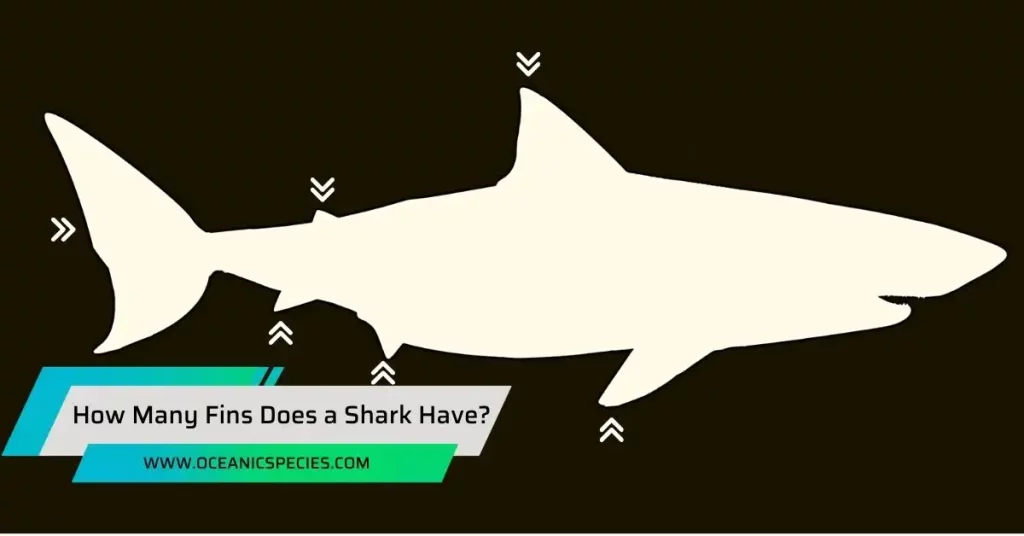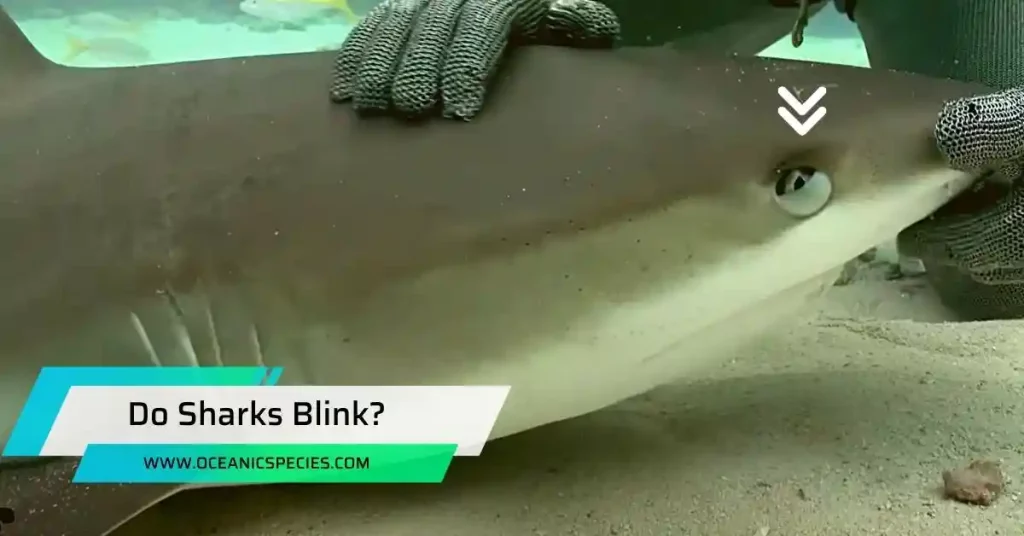Nurse sharks mainly feed on bottom-dwelling prey such as fish, crustaceans, and molluscs. Nurse sharks have a varied diet consisting of fish, crustaceans, and molluscs that live on the ocean floor.
They are also known to scavenge on dead or dying animals and occasionally eat seagrass. Their unique feeding method involves suctioning prey into their mouths using their powerful jaws and throat muscles. Nurse sharks, scientific name Ginglymostoma cirratum, are bottom-dwelling sharks that can be found in coastal waters and coral reefs across the Atlantic and Pacific oceans.
They have a reputation for being relatively docile and harmless to humans, but they are still formidable predators when it comes to their diet. We will explore the fascinating diet of nurse sharks, shedding light on their feeding habits and the types of prey they consume. From fish to crustaceans and molluscs, nurse sharks have a diverse menu that allows them to thrive in their marine ecosystems.
So, let’s dive into the world of the nurse shark diet and discover the secrets of their feeding habits.
Understanding Nurse Sharks’ Diet
Nurse sharks, also known as Ginglymostoma cirratum, can be found in warm and shallow waters. With their unique features and habits, these sharks have long captivated the interest of marine enthusiasts. One aspect that sets them apart from other shark species is their diet.
By examining their eating habits, we can gain a better understanding of how these incredible animals sustain themselves.
Adaptations For Feeding: How Nurse Sharks Sustain Themselves
Nurse sharks possess remarkable adaptations that allow them to effectively feed and survive in their aquatic environments. Here are some key points to consider:
- Suction feeding: Nurse sharks utilize suction feeding, where they generate a forceful suction to ingest their prey. This feeding technique allows them to capture their food effortlessly.
- Barbels for sensory perception: With their sensory barbels, located on the underside of their snouts, nurse sharks have enhanced tactile perception. These barbels assist in detecting and locating food sources, aiding in their successful feeding.
- Nocturnal feeding: Nurse sharks are primarily nocturnal feeders, actively foraging during the night. This adaptation helps them take advantage of prey that may be less active or more vulnerable during these hours.
- Bottom-dwelling lifestyle: Being bottom-dwellers, nurse sharks primarily scavenge for food on the ocean floor. This behavioral adaptation enables them to feed on a variety of small invertebrates, such as mollusks, crustaceans, and echinoderms.
Analyzing The Composition Of Nurse Sharks’ Diet
Understanding the composition of nurse sharks’ diet provides valuable insights into their ecological role within marine ecosystems. Here are some key aspects to consider:
- Carnivorous diet: Nurse sharks have a strictly carnivorous diet, relying heavily on meat as their primary source of sustenance.
- Varied prey selection: Nurse sharks are opportunistic feeders, consuming a diverse range of prey species. This can include fish, squid, shrimp, crabs, and even smaller sharks.
- Preference for benthic prey: Nurse sharks particularly favor benthic prey, which are organisms found along the ocean floor. Their suction-feeding behavior facilitates the capture of bottom-dwelling prey items.
- Nutritional requirements: To meet their nutritional needs, nurse sharks incorporate a combination of protein, fats, and essential nutrients from their prey into their diet.
An Overview Of Nurse Sharks’ Feeding Behavior
Nurse sharks’ feeding behavior is a blend of hunting strategy, opportunistic feeding, and unconventional prey preferences. These characteristics contribute to their overall adaptability and survival in diverse marine environments. Bear in mind, however, that their unique feeding habits should be respected and protected, as they play a vital role in maintaining the delicate balance of marine ecosystems.
The Hunting Strategy Of Nurse Sharks
Nurse sharks, known for their sedentary lifestyle, have an interesting hunting strategy that sets them apart from other shark species. Here are some key points to understand their feeding behavior:
- Nurse sharks are nocturnal hunters, meaning they are most active during the night and prefer to rest during the day.
- They rely heavily on their acute sense of smell to detect potential prey in their vicinity.
- Unlike other sharks that use their teeth to capture and kill their prey, nurse sharks have small, rounded jaws with numerous rows of tiny, serrated teeth. They are not designed to tear flesh or inflict serious injuries.
- Nurse sharks primarily employ a suction feeding method, using their powerful jaws to suck in prey items and swallowing them whole.
- Their slow and deliberate movements help them surprise their prey, quickly sucking it into their mouths before it has a chance to escape.
Opportunistic Feeders: Nurse Sharks’ Varied Diet
Nurse sharks are known as opportunistic feeders, which means they are not picky eaters and will consume a wide range of prey items. Here are some interesting facts about their varied diet:
- Nurse sharks predominantly feed on bottom-dwelling organisms, such as crustaceans, mollusks, and small bony fish.
- They have been observed consuming carcasses and scraps from fishing activities, showing their adaptability when food sources are scarce.
- Nurse sharks also have a taste for invertebrates like shrimp, squid, and octopus.
- Additionally, they display a scavenging nature and will not hesitate to scavenge for food when the opportunity arises.
Unconventional Prey: Nurse Sharks’ Taste For Venomous Creatures
While nurse sharks may seem like harmless creatures, they have a surprising appetite for venomous creatures. Here are some intriguing insights into their taste for venomous prey:
- Nurse sharks have been known to prey on venomous animals such as stingrays and small venomous snakes.
- Despite the venomous potential of these creatures, nurse sharks are relatively immune to their toxins due to unique adaptations in their digestive system.
- Their stomachs contain large, acid-producing cells that neutralize venom, allowing the nurse shark to safely consume and digest venomous prey.
- This diet preference demonstrates the shark’s ability to exploit food sources that are less accessible or dangerous to other predators.
Nurse Sharks And Their Relationship With Rays
When it comes to nurse sharks’ diet, rays play an integral role. These bottom-dwelling predators have specialized mouth morphology that enables them to consume rays. Let’s explore the ecological significance of nurse sharks’ relationship with rays and their impact on the ray population.
Rays As Integral Part Of Nurse Sharks’ Diet
Nurse sharks have a diverse diet that consists of a variety of marine animals, and rays are a significant part of their meals. Rays provide nurse sharks with a nutrient-rich food source, helping them meet their dietary requirements. The diet of nurse sharks also includes other small fish, crustaceans, and mollusks.
Specialized Mouth Morphology: Enabling Nurse Sharks To Consume Rays
Nurse sharks possess unique mouth morphology that allows them to effectively capture and consume rays. With strong jaws and sharp teeth, nurse sharks are able to immobilize and tear apart their ray prey. The mouth of a nurse shark is located on the underside of its head, allowing it to feed on rays that dwell on the bottom of the ocean floor.
Ecological Significance: Nurse Sharks’ Impact On Ray Population
Nurse sharks’ predation on rays plays an important ecological role by regulating ray populations. By consuming rays, nurse sharks help to control their numbers and prevent overpopulation. This predation also ensures a balance within the ecosystem, as excessive ray populations could disrupt other species’ habitats.
Frequently Asked Questions
Do Nurse Sharks Eat Other Sharks?
No, nurse sharks are not known to prey on other sharks. They mainly feed on bottom-dwelling creatures.
How Often Do Nurse Sharks Eat?
Nurse sharks are opportunistic feeders and can eat multiple times a day or go without food for several weeks.
Do Nurse Sharks Eat Humans?
No, nurse sharks are generally not a threat to humans. They are docile and prefer to avoid interactions with humans.
How Do Nurse Sharks Find Their Prey?
Nurse sharks have a keen sense of smell, allowing them to detect and locate their prey in the surrounding water.
Conclusion
The diet of nurse sharks is fascinating and diverse, showcasing their adaptability as opportunistic predators. These gentle giants primarily feed on crustaceans, such as crabs and lobster, using their powerful jaws and specialized teeth to crush the hard exoskeletons. They also consume bony fish, octopus, and squid, showing a preference for slow-moving or bottom-dwelling prey.
Nurse sharks are known to scavenge on carcasses and even feed on smaller sharks, further highlighting their role as apex predators. Despite their large size, nurse sharks have relatively small home ranges, indicating that they are able to find sufficient food within their habitat.
Understanding the diet of nurse sharks is vital for their conservation, as it allows researchers to monitor prey availability and potential impacts on their ecosystem.




